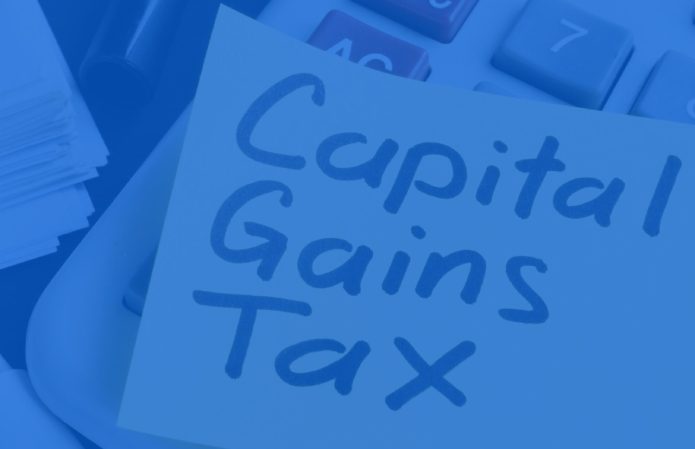
You’ve decided to transfer your sole trader business to the company you recently formed. For tax purposes, which method should you use?
Transfer a business
If you transfer your sole trader or partnership business to a company (incorporating) for capital gains tax (CGT) purposes, it’s treated in the same way as if you sold it at market value, i.e. for a price which a third party might pay for it. If that’s more than the cost of the business assets transferred, the difference might be taxable as a capital gain.
Incorporation relief
The good news is that where all the assets of the business (or all the assets apart from cash) are transferred to the company in exchange for shares in it, any capital gain is deferred from being taxed until you sell or transfer those shares. However, deferral of the CGT might not be the most tax-efficient option. The rules therefore allow you to elect not to defer the gain.
Example. Jackie started a sole trader business and after three years transferred it to a company. The value of the business’s goodwill was £10,000. Because she paid nothing for it the taxable gain from the transfer is the whole £10,000. However, this would automatically be deferred so when she sold her shares the £10,000 gain would be added to any gain resulting from the rise in value of the shares. If Jackie elected for the £10,000 not to be deferred it would have been taxable but as a basic rate taxpayer the tax payable would be as little as £700 (£10,000 - £3,000 annual CGT exemption) x 10%) . When she sells or transfers her shares the £10,000 gain wouldn’t be added because it would have already been taxed even though no tax was paid.
How to make the election
The election can be made no later than two years from 31 January (the normal self-assessment deadline) following the end of the tax year in which the transfer took place. For example, the election for an incorporation in 2024/25 must be made by 31 January 2028.
Trap. The election deadline is shortened by a year where you sell your shares in the tax year following incorporation.
Holdover relief
If incorporation relief doesn’t apply, or you have elected for it not to, you can instead elect for the capital gain to be held over. This means the gain is deferred until the company sells the assets that were transferred from the unincorporated business.
Example. After a few years as a sole trader Gerry transfers his business to a company in which he owns all the shares. The value of the business’s assets subject to CGT was £100,000. The cost of the assets to Gerry was zero. This means incorporation relief will apply to the gain of £100,000 unless an election is made for it not to apply.
Tip. Gerry and the company can jointly elect for incorporation relief not to apply meaning that the £100,000 would be chargeable to tax. They can also elect for holdover relief to apply instead. The effect of this is to defer the gain until the company sells the business assets transferred to it.
Tip. Incorporation and holdover relief can prevent a CGT charge when a business is transferred to a company but holdover relief is more flexible.
This article has been reproduced by kind permission of Indicator – FL Memo Ltd. For details of their tax-saving products please visit www.indicator-flm.co.uk or call 01233 653500.